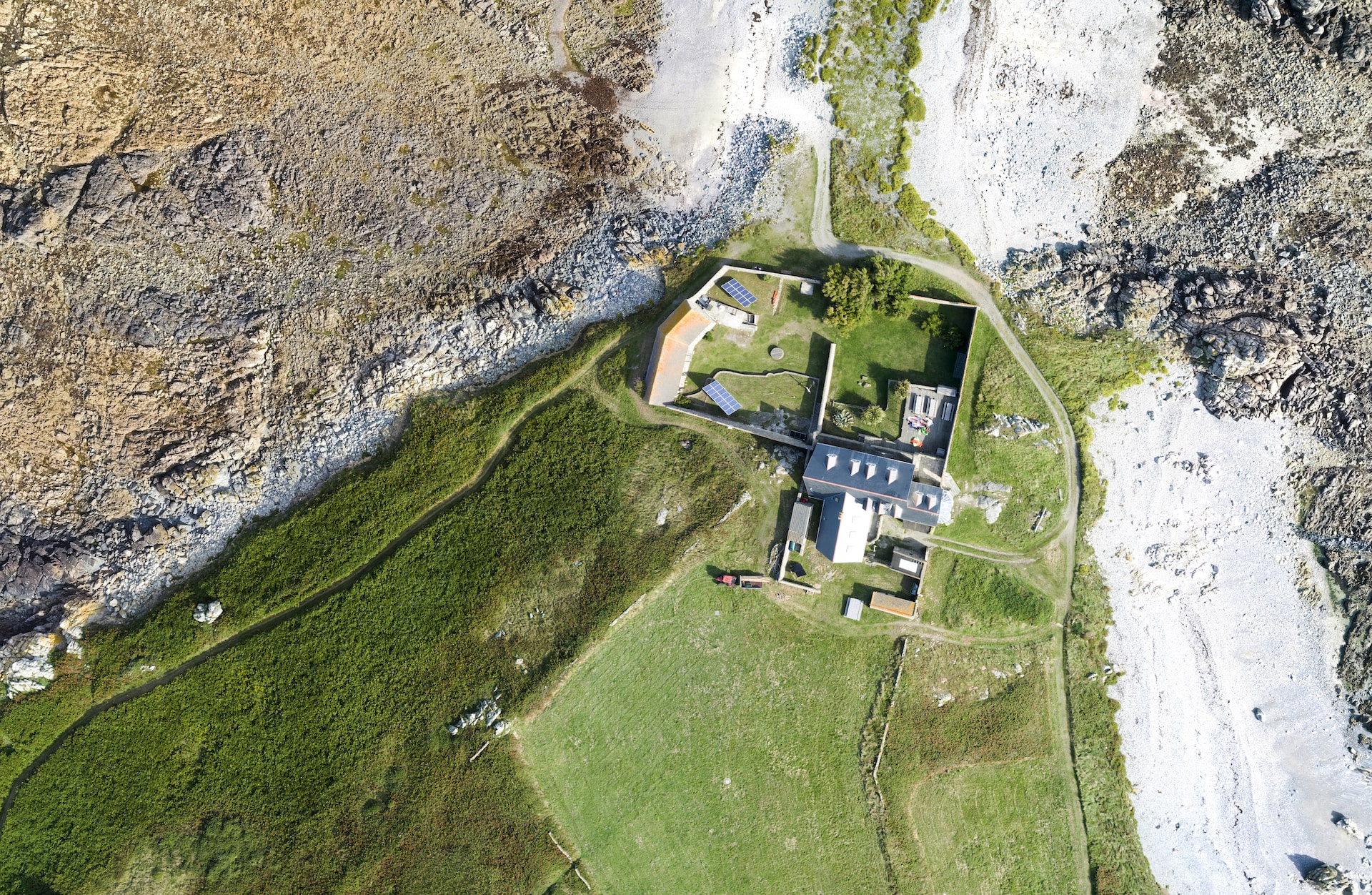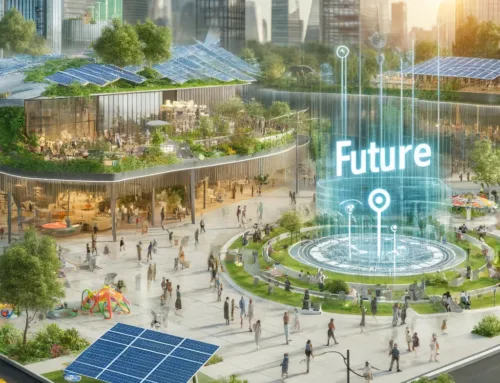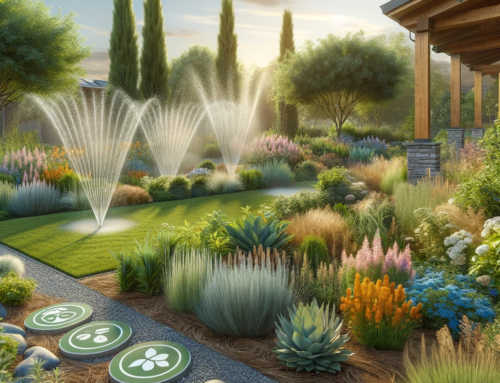As global awareness of environmental issues continues to grow, more and more homeowners are seeking ways to reduce their carbon footprint and contribute to the preservation of our natural resources. One powerful way of achieving this is through sustainable landscaping, a practice that not only enhances the beauty and value of your Bellingham property but also promotes biodiversity, conserves resources, and contributes to mitigating the impacts of climate change. At Harris & Company Landscapes, we appreciate the instrumental role that sustainable landscaping plays in preserving our environment and promoting healthier living spaces for our clients.
In this blog, we will delve into the importance of sustainable landscaping, exploring how its practices help conserve valuable resources, preserve local biodiversity, mitigate the effects of climate change, and deliver significant health benefits. We’ll then take a closer look at the key elements of sustainable landscaping, discussing native plant selection, effective water management, organic fertilization, and the use of renewable materials.
We’ll also outline the step-by-step process to create a sustainable landscape in your Bellingham property, starting from an initial site evaluation to design, planning, plant selection, and ongoing maintenance. Lastly, we’ll discuss how you can leverage Harris Landscape’s extensive expertise in sustainable landscaping to transform your garden into an eco-friendly sanctuary without sacrificing its aesthetic appeal.
By the end of this blog post, you’ll have a comprehensive understanding of why adopting sustainable landscaping is not just a fad, but a mindful approach to landscaping that helps nurture our planet while creating beautiful outdoor spaces for us to enjoy. Let’s embark on this green journey together with Harris & Company Landscapes, your trusted partner in sustainable landscaping in Bellingham, MA.
The Importance of Sustainable Landscaping
1. Conservation of Resources
Sustainable landscaping practices focus on conserving precious resources, including water, soil, and energy. By implementing eco-friendly techniques such as rainwater harvesting and efficient irrigation systems, you can contribute significantly to minimizing water waste. The use of locally-sourced and renewable materials helps reduce the carbon footprint and energy consumption, while adopting organic soil management practices ensures the preservation of essential nutrients for lasting plant health.
2. Preservation of Local Biodiversity
By incorporating native plants into your Bellingham sustainable landscape, you support local ecosystems and promote biodiversity. Native plants are adapted to the region’s specific climate and soil conditions, which make them more robust and resistant to pests and diseases. In turn, they provide food and shelter for local birds, insects, and other wildlife, fostering a balanced ecosystem that thrives on mutualism and interdependence.
3. Mitigation of Climate Change
Sustainable landscaping plays a vital role in combating climate change by reducing greenhouse gas emissions and promoting carbon sequestration. Trees and plants act as carbon sinks, absorbing carbon dioxide from the atmosphere and converting it into oxygen through photosynthesis. By implementing sustainable practices such as planting more trees and maximizing green space, you can contribute to mitigating the escalating global crisis of climate change.
4. Health Benefits
Sustainable landscapes do more than just conserve resources and protect the environment—they also offer numerous health benefits. Spending time in a beautifully maintained eco-friendly garden can help reduce stress, improve air quality, and promote physical activity. Furthermore, by using organic fertilizers and pest control methods, you can minimize exposure to harmful chemicals and enhance the safety and well-being of your family.
Key Elements of Sustainable Landscaping
1. Native Plant Selection
Choosing native plants for your Bellingham sustainable landscape is pivotal in fostering local biodiversity and reducing maintenance requirements. Native plants are naturally adapted to the region’s climate and soil conditions, enabling them to thrive with minimal intervention. Moreover, they typically require less water and are less prone to pest infestations, further reducing the need for chemical treatments.
2. Effective Water Management
Efficient water management is an essential element of sustainable landscaping. There are several ways to conserve water in your Bellingham garden, including installing rainwater harvesting systems, incorporating drought-tolerant plant species, and utilizing efficient irrigation techniques such as drip irrigation or smart watering systems. Properly managing water resources not only conserves this precious resource but also saves you money on your water bills.
3. Organic Fertilization and Pest Control
Using organic materials and natural methods for fertilization and pest control significantly reduces the environmental impact of your landscape. Organic fertilizers help maintain healthy soil by providing essential nutrients and supporting a thriving microbial ecosystem. Natural pest control methods, such as encouraging beneficial insects or using non-toxic treatments, can effectively manage and prevent pest issues without harming the environment or your family’s health.
4. Use of Renewable Materials
Incorporating renewable and locally-sourced materials in your Bellingham sustainable landscape reduces your carbon footprint and supports local economies. Opt for materials such as recycled wood, permeable pavers, or locally-quarried stone when designing your landscape. Additionally, repurposing existing materials from your property is a cost-effective and environmentally responsible way to create unique and eye-catching landscape features.
Steps to Create a Sustainable Landscape
1. Initial Site Evaluation
The first step in creating a sustainable landscape is to conduct a thorough site evaluation. This assessment should consider factors such as existing soil conditions, topography, drainage, sun exposure, and any existing vegetation. A comprehensive site analysis helps guide your landscape design and ensures the most efficient and eco-friendly use of available resources.
2. Phase-wise Design and Planning
After understanding the specific conditions of your Bellingham property, develop a detailed landscape plan that incorporates sustainable practices and elements. This plan should address aspects such as plant selection, water management, material sourcing, and site-appropriate design features. Breaking your project down into smaller phases can make the process more manageable and affordable.
3. Plant Selection and Installation
With your sustainable landscape plan in place, it’s time to select and install the right combination of plants for your Bellingham garden. Prioritize native and drought-tolerant plant species, as they require less water and maintenance while supporting local ecosystems. Arrange plants by their water and sunlight needs to maximize efficiency.
4. Maintenance
Regular maintenance is crucial to the success of your sustainable landscape. Adopt eco-friendly practices such as organic fertilization and natural pest control to preserve soil health and minimize chemical use. Employ proper pruning techniques and schedule regular checkups to ensure the health and longevity of your plants.
Leveraging Harris & Company Landscapes Expertise for Sustainable Landscaping
1. Consultation and Design Process
At Harris & Company Landscapes, our experienced team will work closely with you to plan and design a sustainable landscape tailored to your Bellingham property. With a deep understanding of the local environment and sustainable practices, we’ll create a stunning, eco-friendly outdoor space that exceeds your expectations.
2. Implementation and Maintenance
Our skilled landscape professionals will expertly implement your sustainable landscape plan while adhering to the highest industry standards. We offer ongoing landscape maintenance services to ensure your garden continues to thrive and remains a beautiful and sustainable oasis for years to come.
Conclusion
Sustainable landscaping is a responsible approach to beautifying your Bellingham property while conserving resources and supporting the environment. By incorporating sustainable practices and principles in your landscape design and maintenance, you can create an outdoor space that is both stunning and eco-friendly. Partner with the experts at Harris & Company Landscapes to bring your sustainable landscaping vision to life while making a positive impact on our planet.





